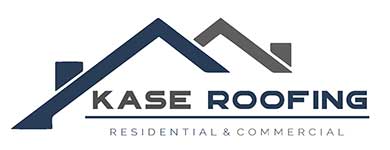Introduction
Understanding the condition of your roof is crucial to maintaining the safety and integrity of your home. However, deciphering the signs of wear and damage can be challenging for most homeowners. This guide provides practical tips on how to assess your roof’s condition, helping you make informed decisions about its maintenance and repair.
Identifying Signs of Roof Wear and Damage
Your roof is your home’s first line of defense against the elements, and understanding its condition is key to maintaining your home’s integrity. Here are some essential indicators to watch for:
- Missing or Damaged Shingles: Check for shingles that are cracked, bent, or missing, as these are clear signs of wear or damage.
- Sagging Roof: Sagging can be a serious issue. It’s often caused by poor ventilation, leading to the roof decking drying out and sagging between rafters, especially in roofs with rafters spaced 24 inches apart. While it might indicate structural problems, it’s also a common issue in older homes with insufficient attic ventilation.
- Leaks or Water Damage: Inspect your attic or top floor for signs of leaks or water damage, particularly after heavy rain.
- Moss or Algae Growth: Moss and algae might seem harmless but can trap moisture against the roof surface, potentially leading to damage.
Conducting a Basic Roof Inspection
While professional inspections are crucial, homeowners can perform basic checks:
- Visual Inspection: From the ground, use binoculars to get a closer look at your roof for any visible signs of damage.
- Gutter Check: Clean and inspect your gutters. Clogged or damaged gutters can lead to roof damage.
- Indoor Inspection: Look for signs of water damage or leaks in your attic or on the top floor of your home.
When to Call a Professional
If you notice any of the above signs or if your roof is more than 20 years old, it’s time to call a professional. A roofing expert can provide a comprehensive assessment and advise on the best course of action, whether it’s repair or replacement.
Documenting Your Findings
Keep a record of your observations and any maintenance you perform. This documentation can be invaluable for insurance purposes or future roofing work.
Conclusion
Regularly checking the condition of your roof and addressing issues promptly can save you from costly and extensive repairs down the line. Remember, while DIY inspections are helpful, the expertise of a professional roofer is irreplaceable for ensuring the longevity and safety of your roof.
Concerned about your roof? Contact Kase Roofing for a thorough professional inspection and expert advice on maintaining your roof’s health.
